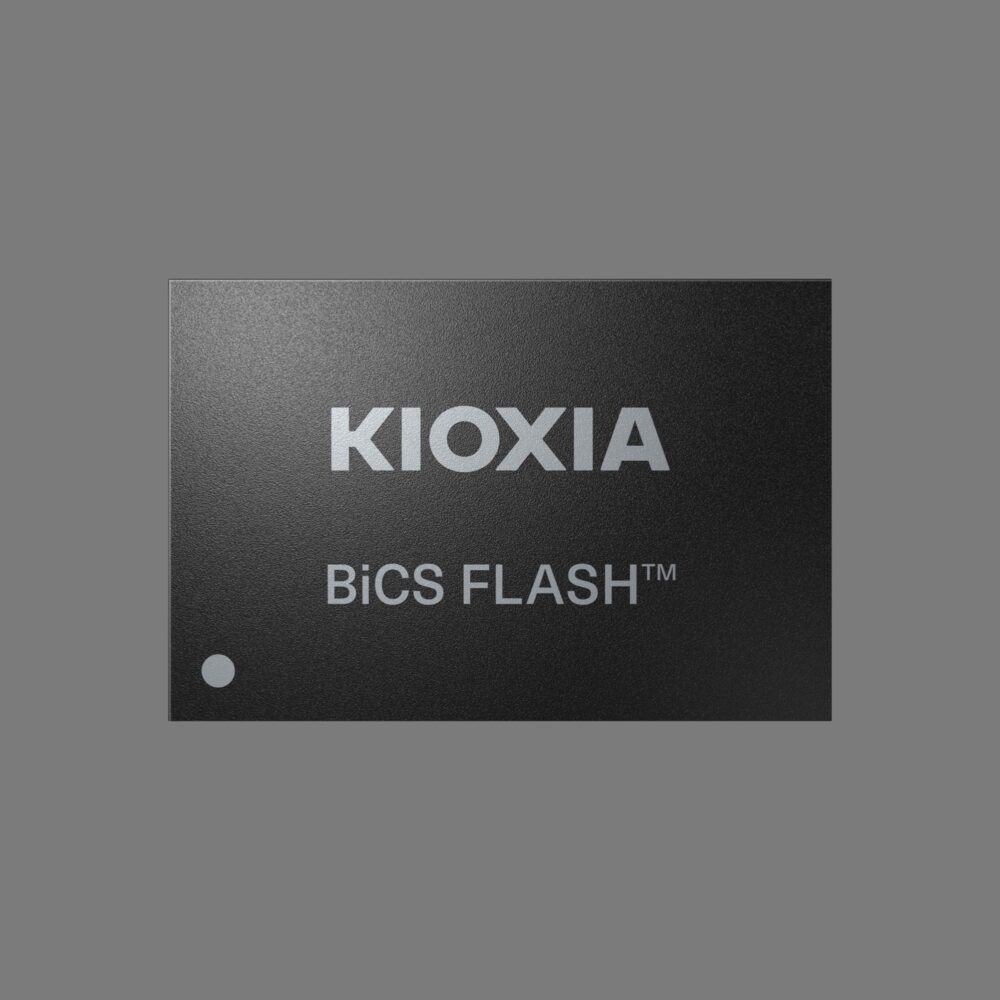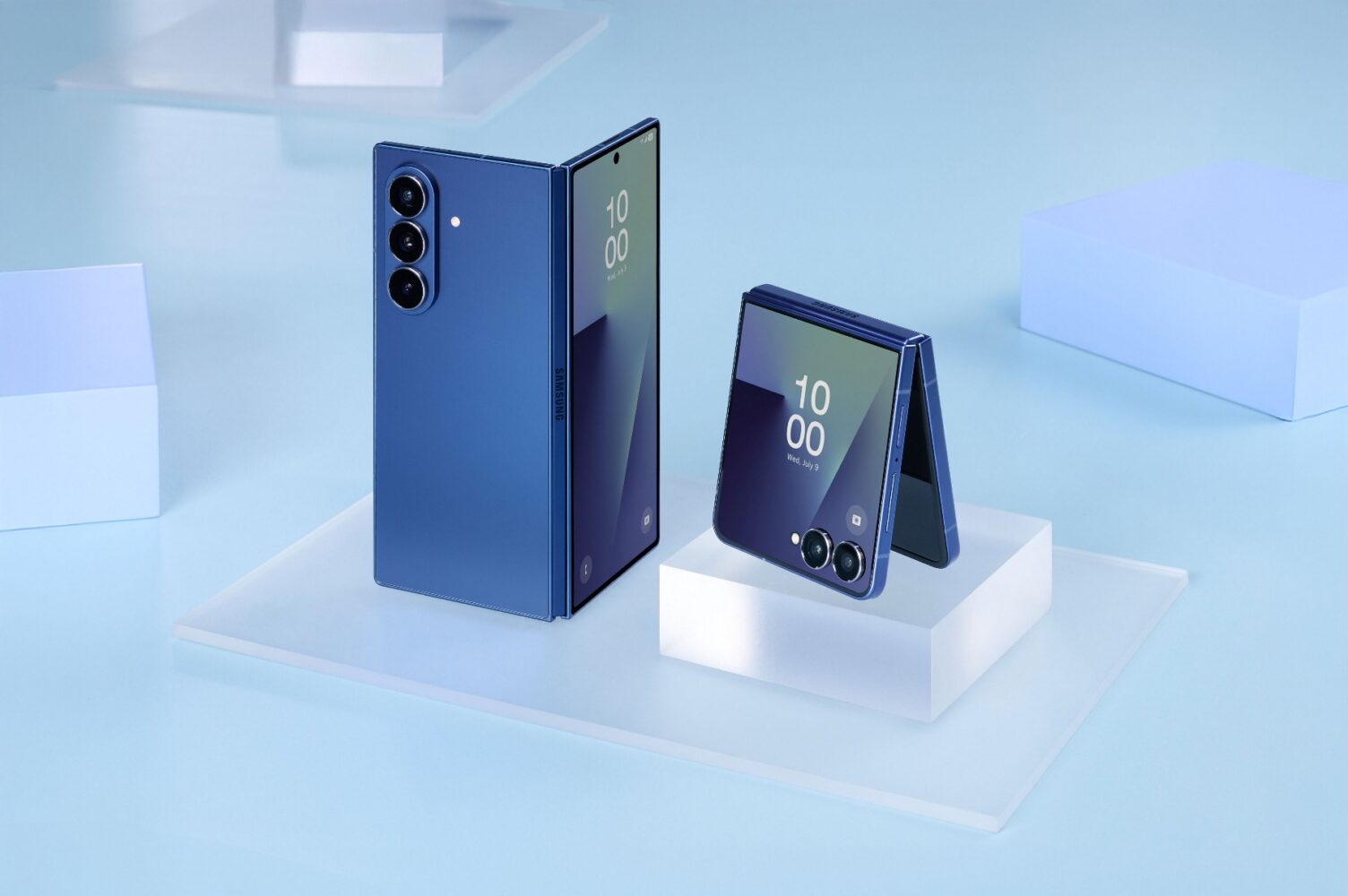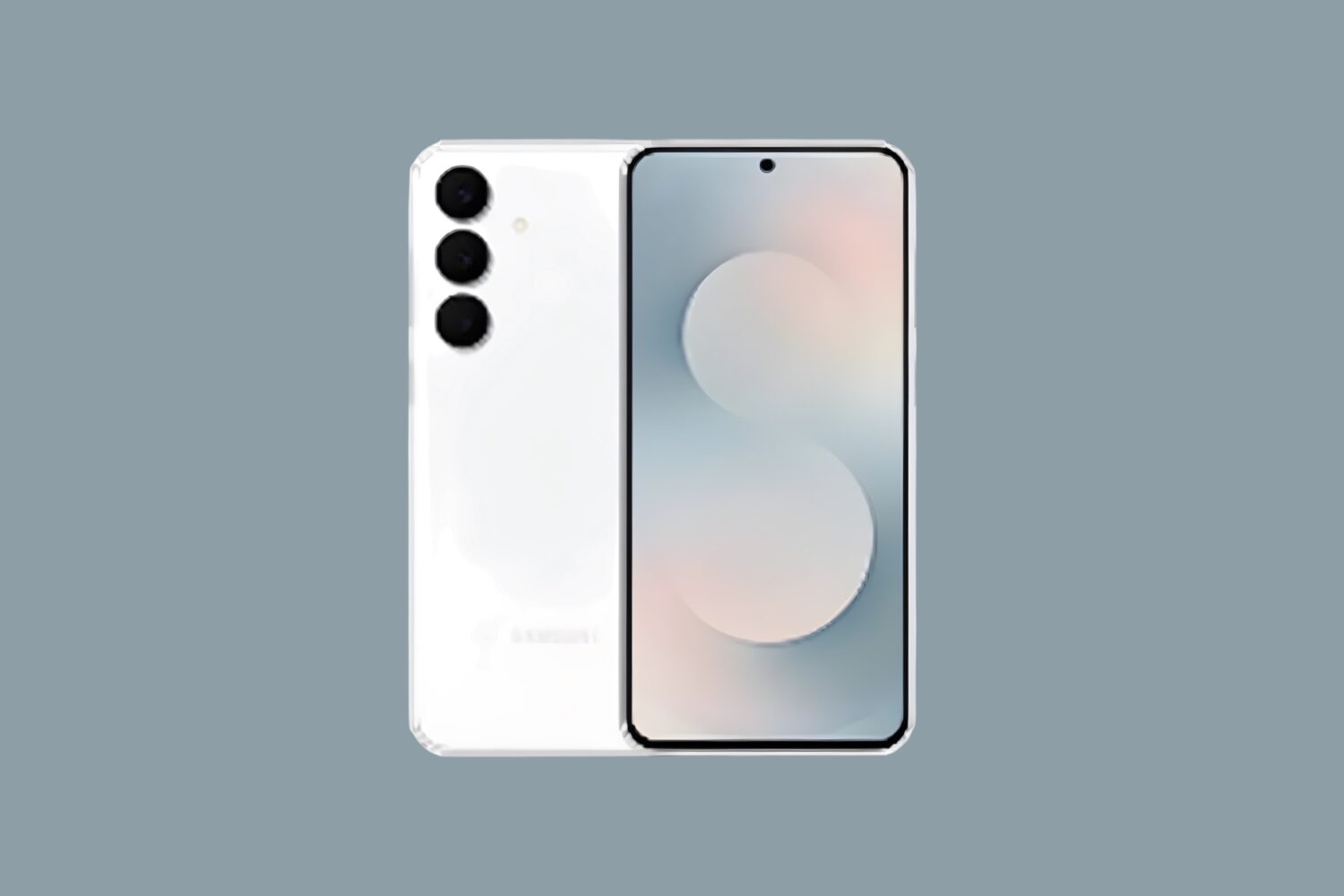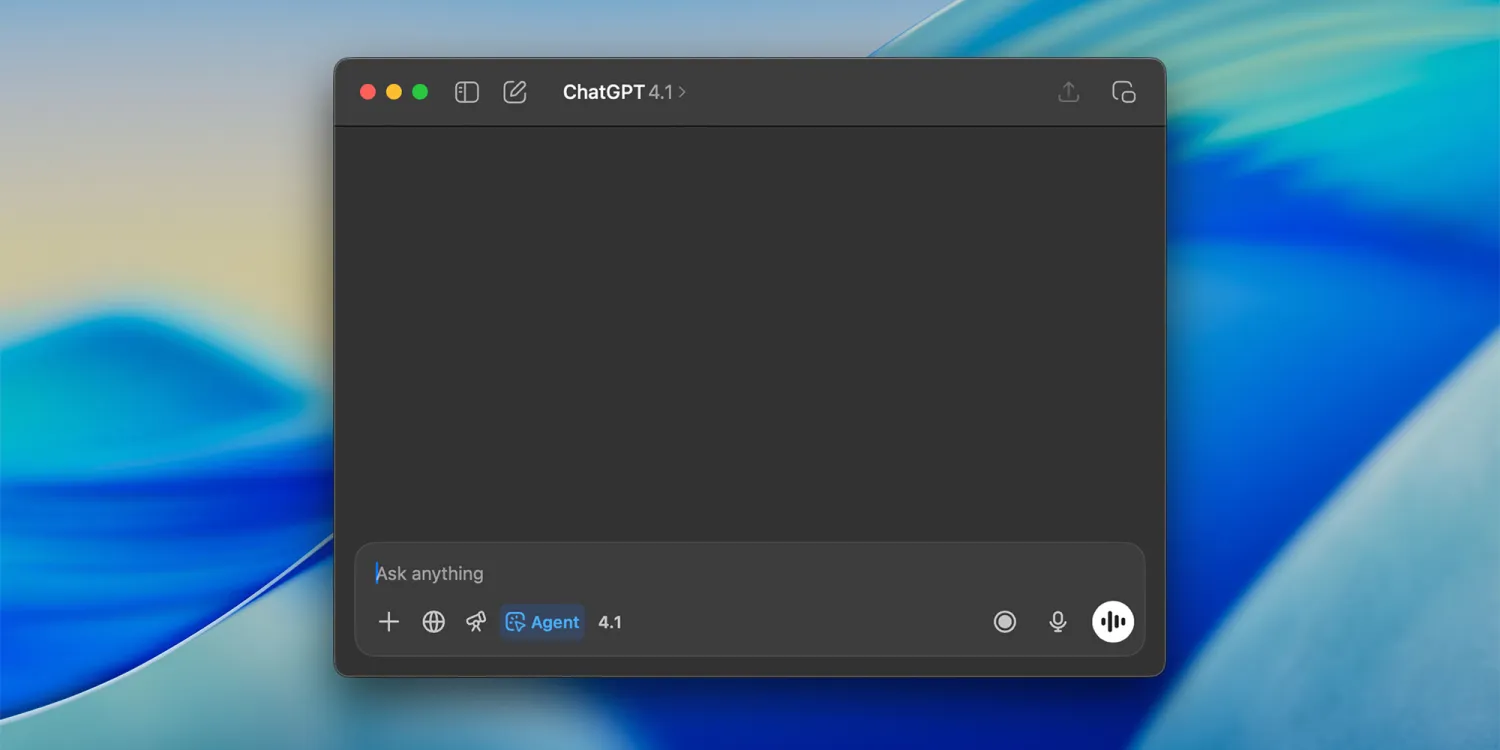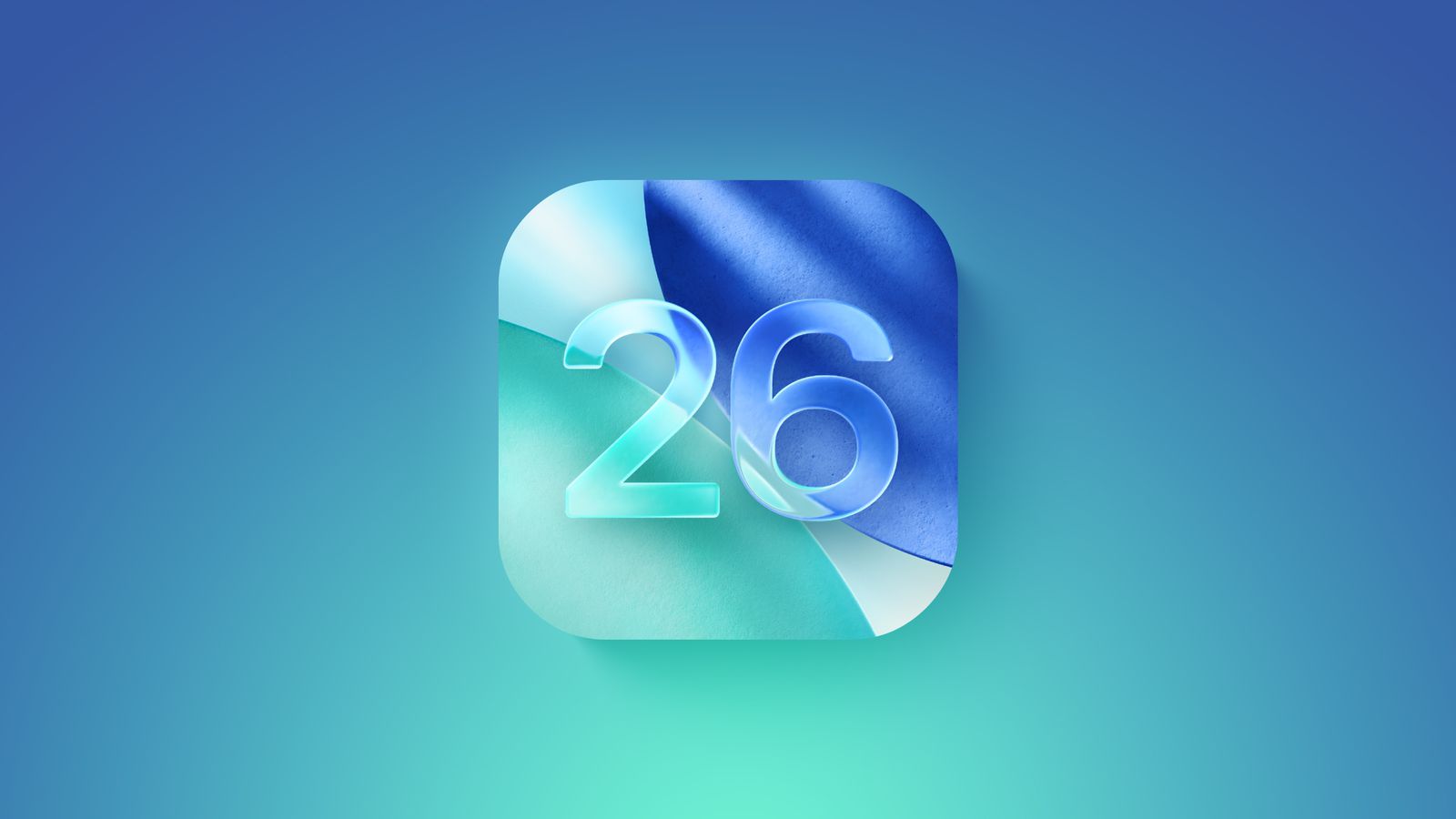Kioxia Europe has started sample shipments of its 512Gb Triple-Level Cell (TLC) memory based on its 9th generation BiCS FLASH 3D flash technology, marking a step forward in the company’s roadmap for NAND flash solutions. Targeting mass production within the 2025 fiscal year, the new memory aims to balance improved performance with power efficiency for a range of storage applications, particularly in AI workloads, edge devices, and enterprise environments.
Built on a 120-layer stacking architecture and combining earlier memory cell innovations with updated CMOS circuitry via CBA (CMOS Bonded to Array) technology, the 9th generation BiCS FLASH delivers noticeable improvements over Kioxia’s prior 512Gb products. Internal benchmarks indicate write speeds are up by 61%, read speeds improve by 12%, and power efficiency sees a boost of 36% during writes and 27% during reads. This positions the device as a capable mid-capacity solution for power-sensitive or cost-conscious deployments such as Internet of Things (IoT) devices, industrial systems, and entry-level SSDs.
The new TLC NAND also benefits from improved interface capabilities. Utilizing the Toggle DDR6.0 interface, the chip supports data rates of up to 3.6Gb/s, with demonstration conditions pushing the interface speed further to 4.8Gb/s. Bit density has also increased by 8% over comparable devices, thanks to refined planar scaling techniques.
Rather than chasing raw capacity, the 9th generation BiCS FLASH focuses on maximizing existing design investments and providing practical efficiency gains in small- to medium-scale deployments. The chip is expected to appear in various applications, including embedded industrial solutions, automotive storage, and enterprise SSDs supporting GPU-based AI workloads, where consistent throughput and thermal efficiency are critical.
Kioxia continues to develop its NAND flash technology along two distinct paths. While the 9th generation line aims to reduce cost and improve performance through manufacturing optimizations, the upcoming 10th generation BiCS FLASH is being designed to scale memory layer counts significantly, targeting future demand for high-capacity storage in more data-intensive scenarios.
Though the full product lineup and commercial availability of the 512Gb TLC chip will depend on market conditions, the company sees growing opportunities in AI-driven systems, cloud storage platforms, and other read-heavy environments. These sectors benefit most from the chip’s balanced cost structure and enhanced energy efficiency.
Kioxia’s sampling signals the company’s ongoing focus on producing scalable NAND flash options that prioritize both performance and manufacturability—key factors as demand for AI and machine learning infrastructure continues to grow across industries.

